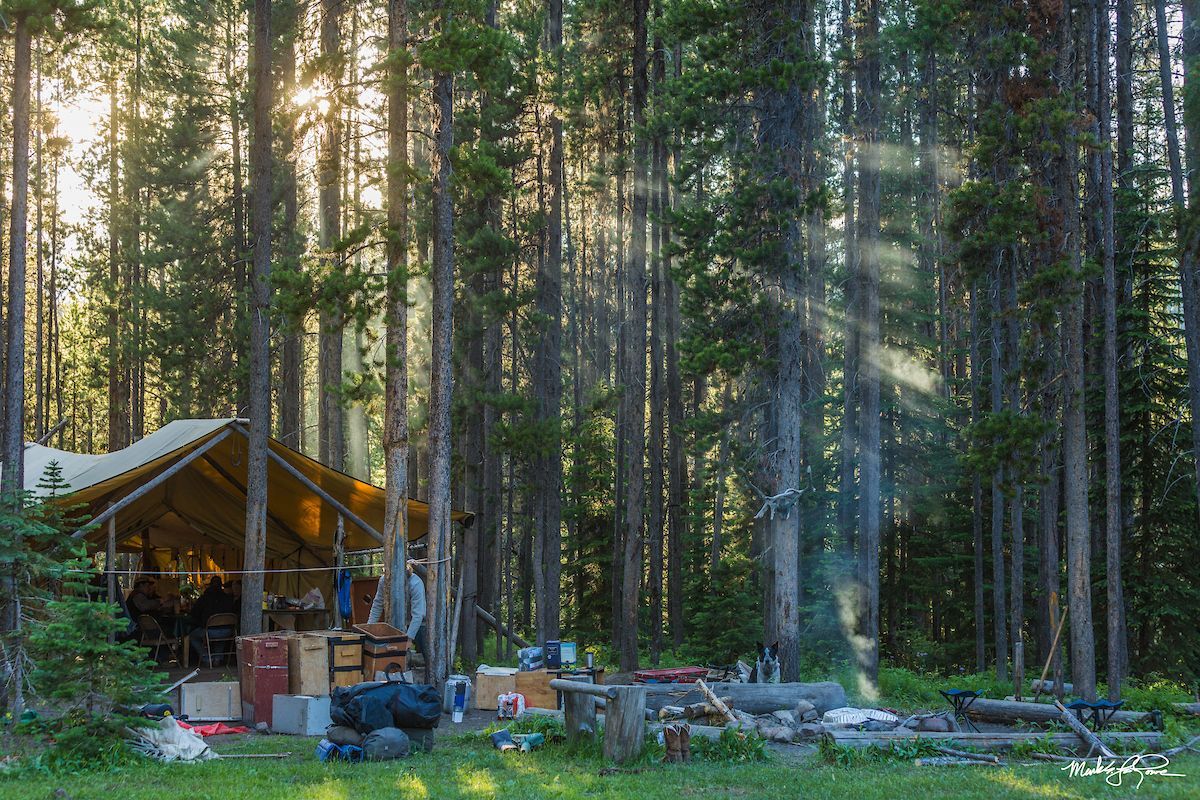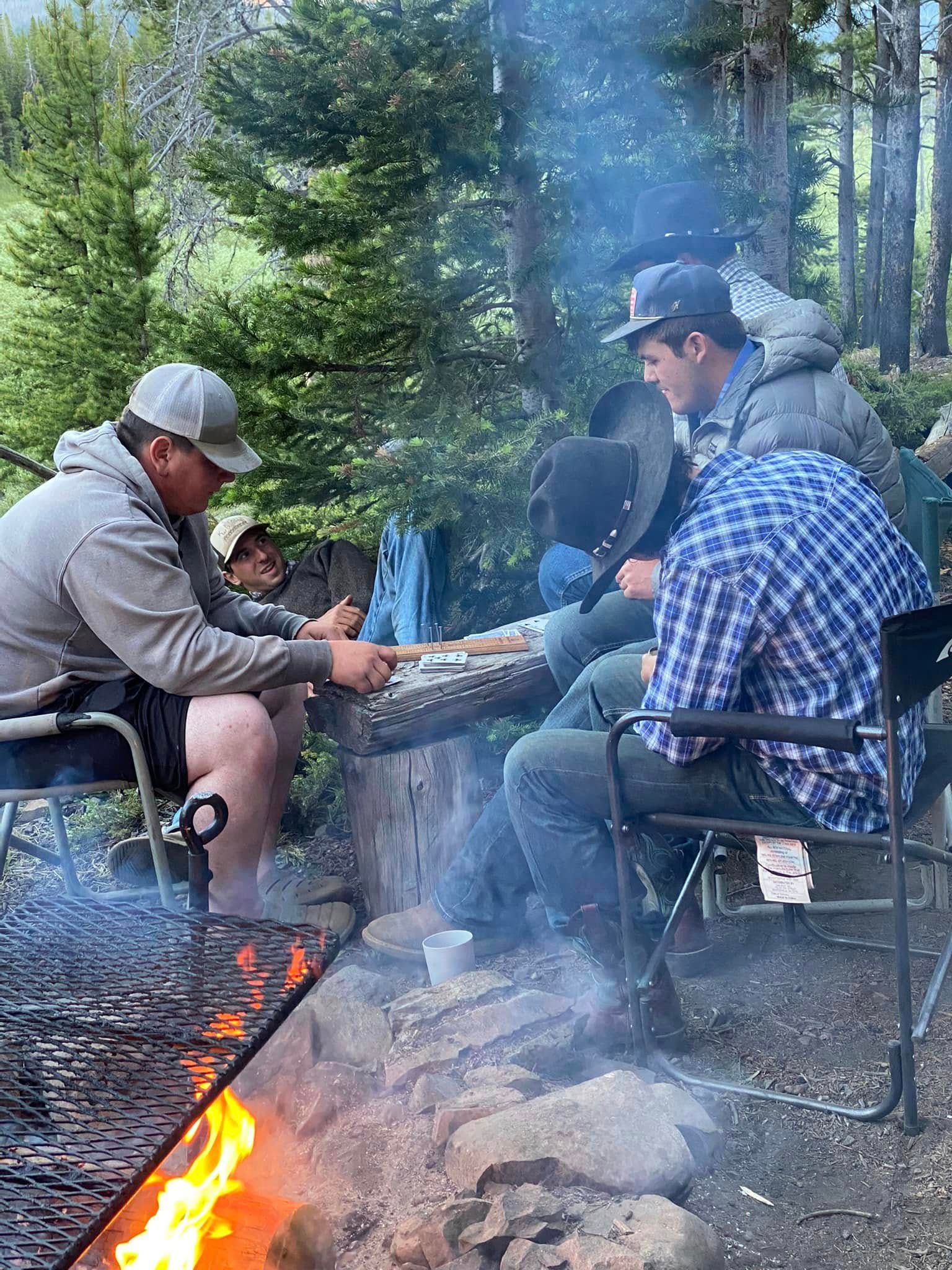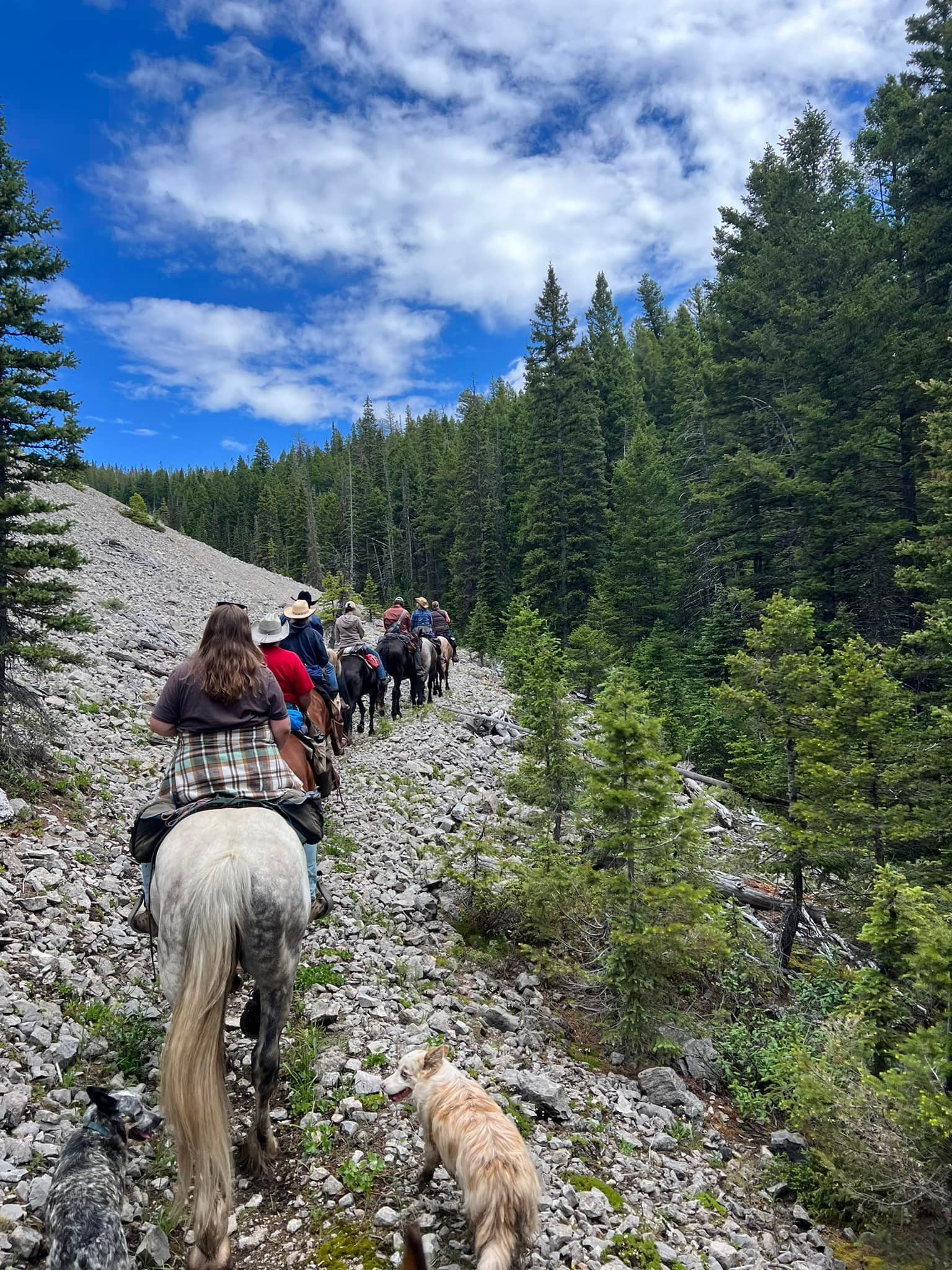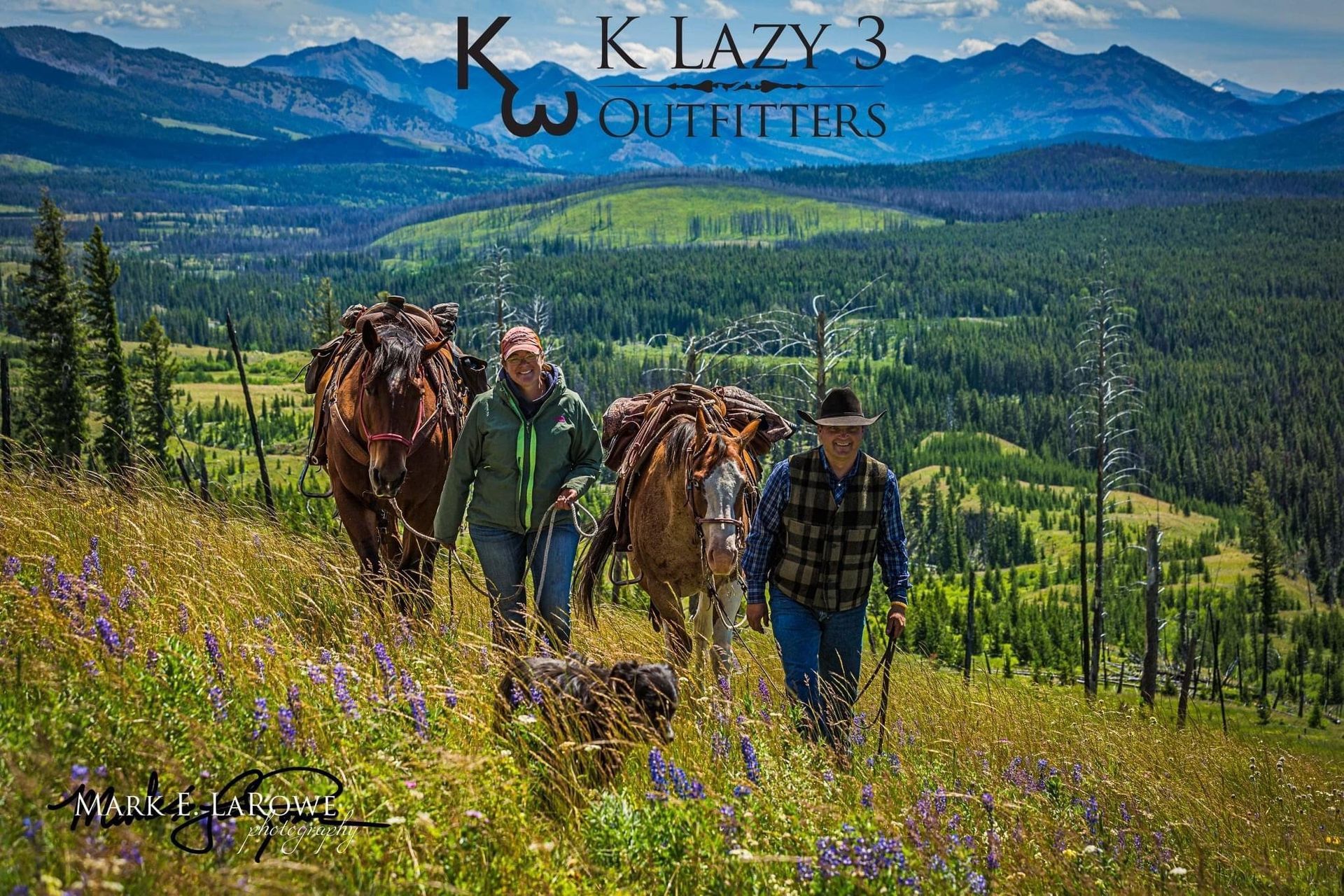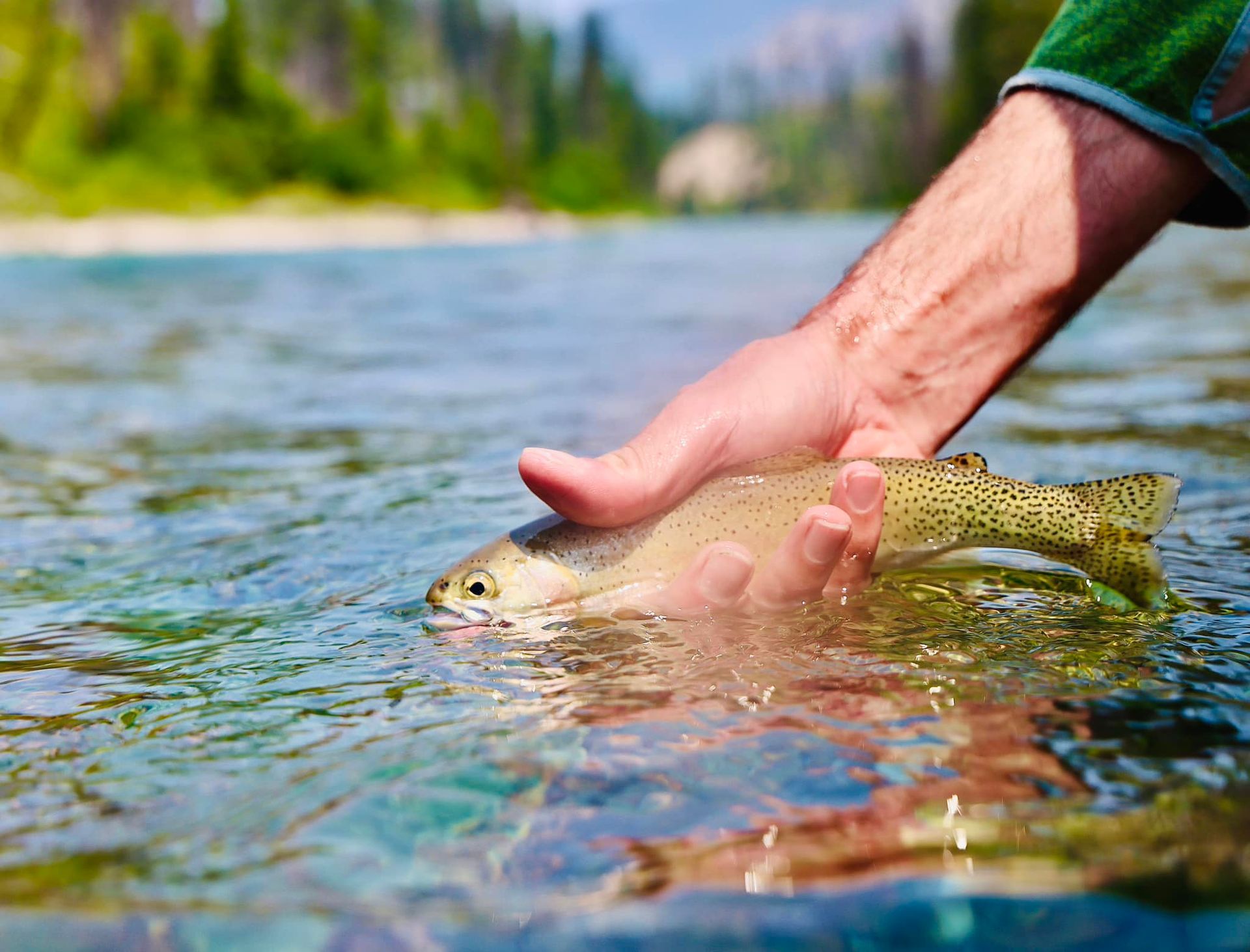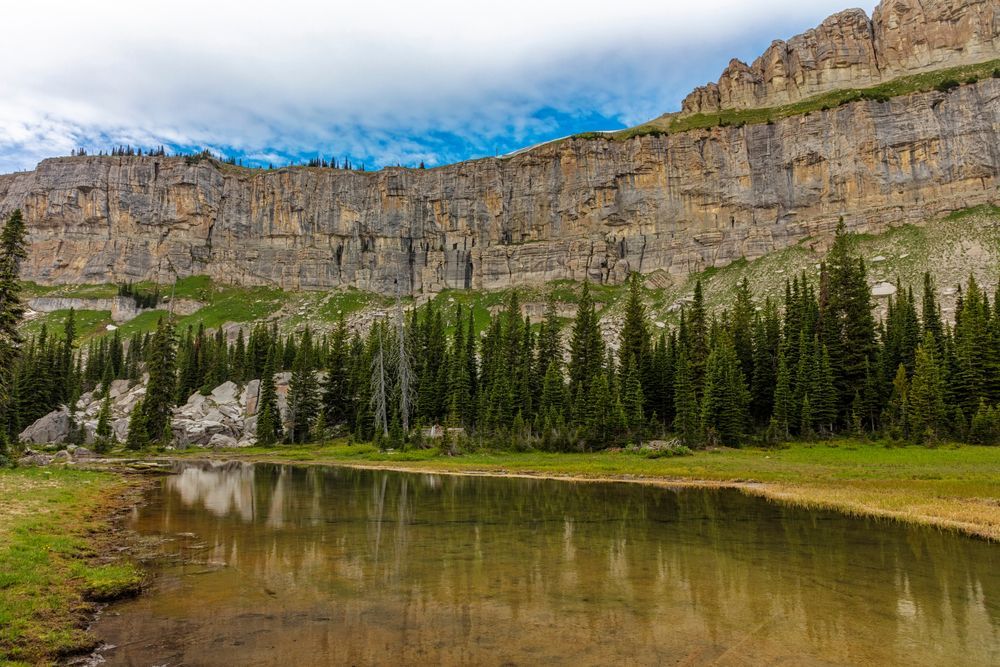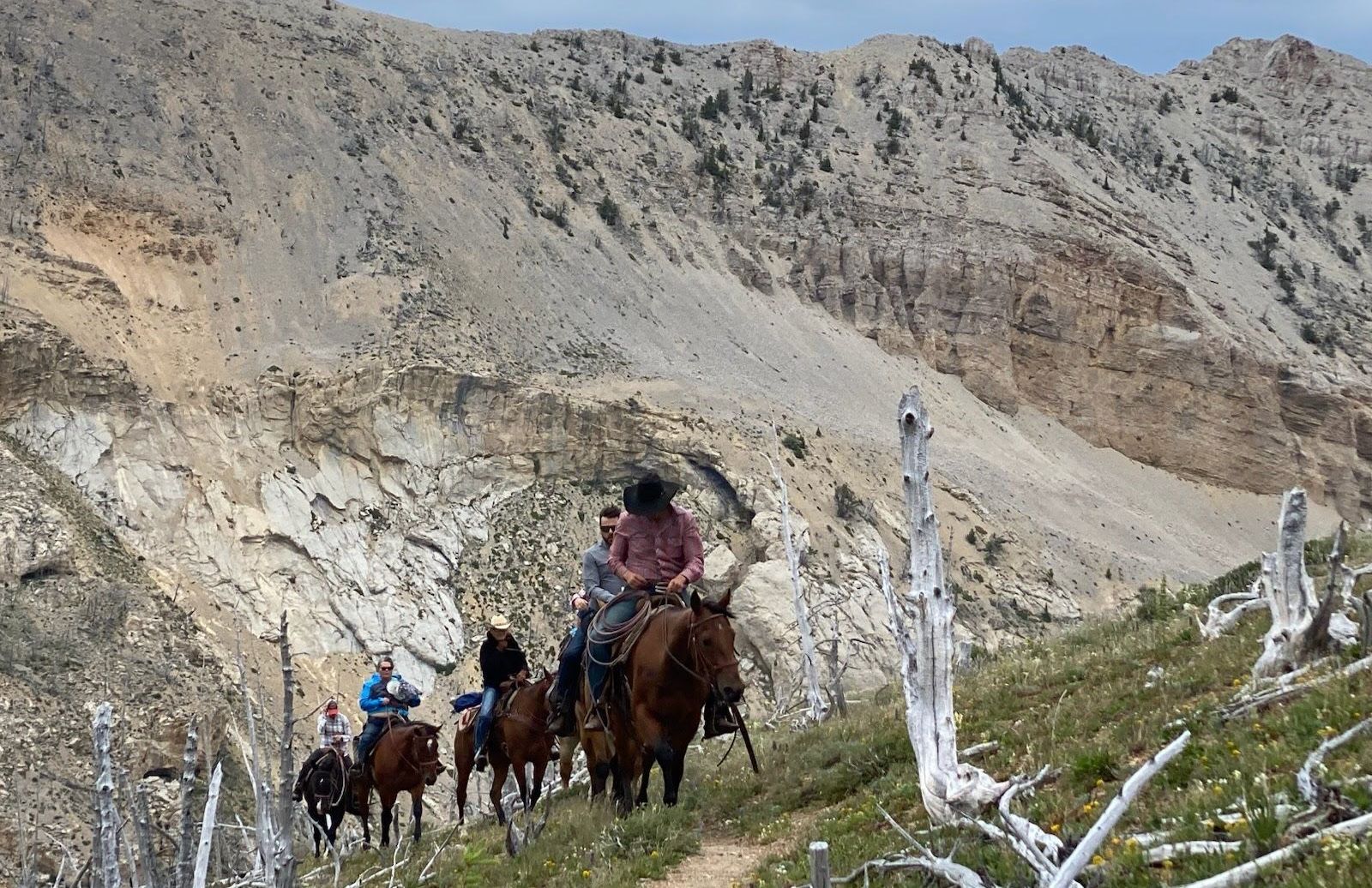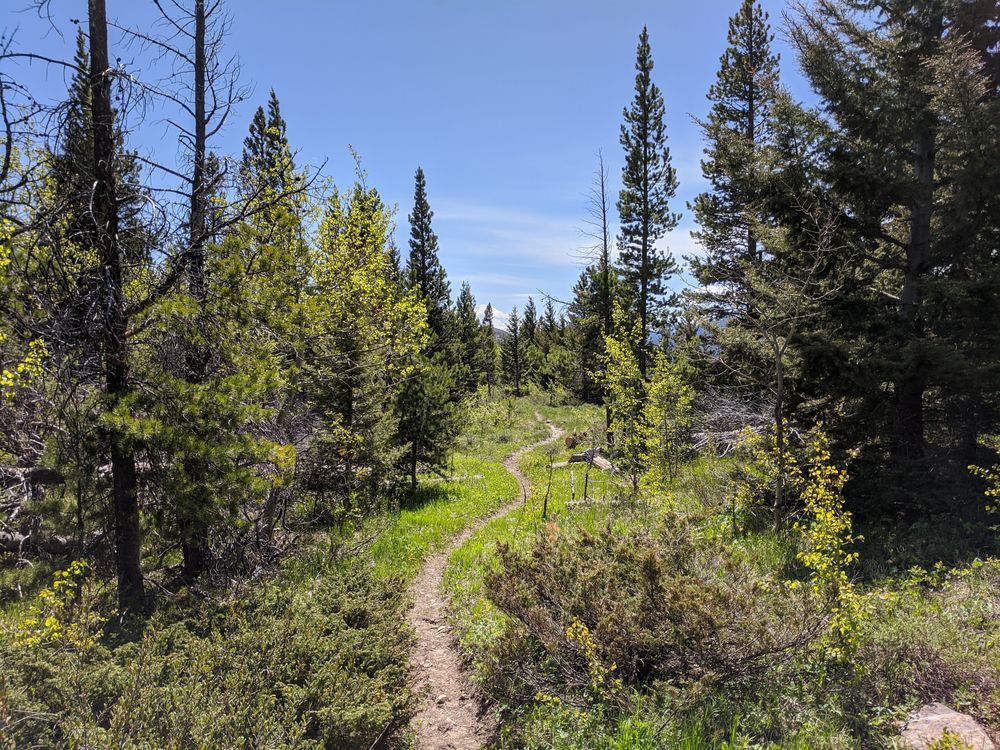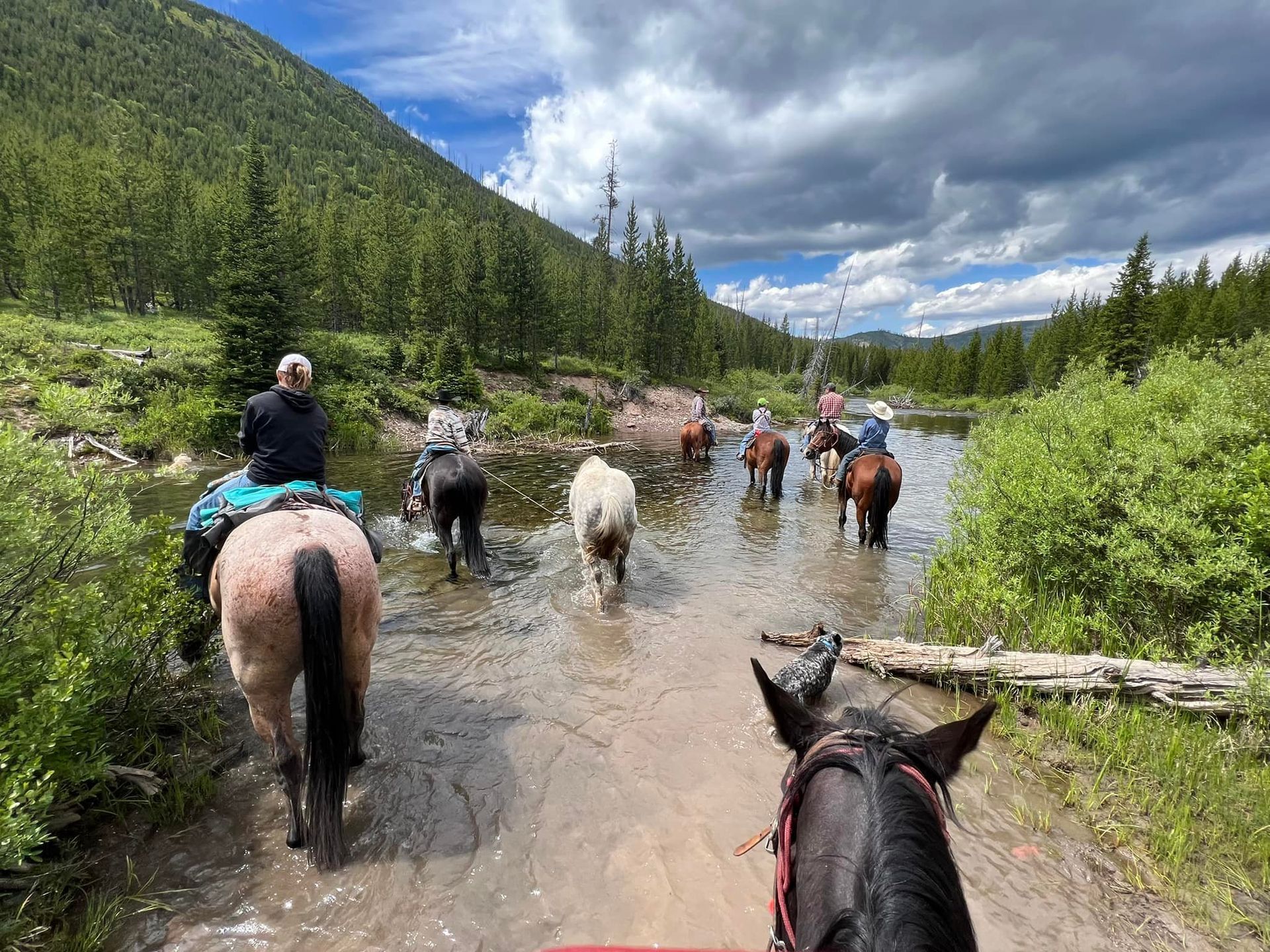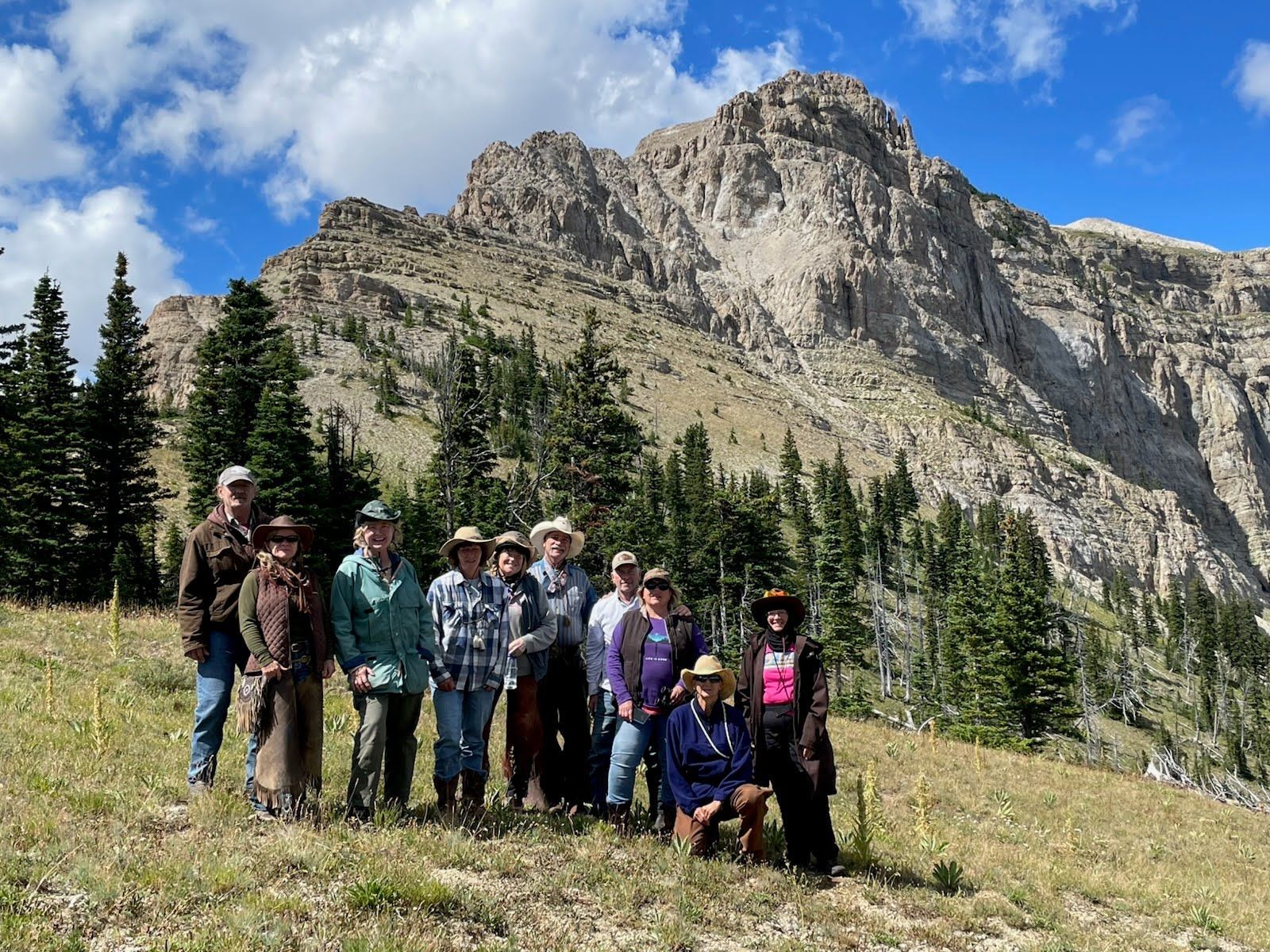Capturing Wilderness Moments: Photography Tips for Backcountry Riders
A trip into the Bob Marshall Wilderness is not just an adventure. It is a chance to see landscapes and wildlife that few people ever experience up close. Towering limestone cliffs, rivers that sparkle in the sunlight, and wide open meadows dotted with wildflowers are all part of the journey. For many guests, bringing a camera is just as important as bringing boots. The right photographs let you hold on to the memories long after the trip is over. But taking great photos in the backcountry has its challenges. You are traveling on horseback, the light changes quickly, and you cannot carry every piece of camera gear you own. With some simple strategies and a little preparation, you can capture the moments that matter without making your pack too heavy.
The first step is choosing what camera to bring. For most guests, a small digital camera or even a smartphone works well. Modern phones take surprisingly sharp photos, and they are lightweight and easy to manage. If you are more serious about photography, a compact mirrorless camera or a lightweight DSLR gives you more control and higher quality. The important thing is to avoid loading yourself down with too many lenses or heavy gear. The wilderness is about experiencing the moment, not fumbling through a heavy camera bag. One versatile lens that covers wide landscapes and mid range zoom is usually all you need.
Keeping your gear safe is just as important as choosing it. The trail can be dusty, weather can change quickly, and you will be around water often. A padded camera case or a simple waterproof dry bag keeps your camera protected. When riding, it helps to store your camera in a place where you can reach it quickly but where it is also secure. Many riders find a chest harness or a small padded case clipped to their saddle works well. The key is to protect your gear without making it difficult to grab when that perfect shot appears.
Light is your best friend in photography, and in the wilderness it changes constantly. Early mornings and late evenings, often called the golden hours, create the most dramatic photos. The sun is lower in the sky, casting warm light and long shadows that make the landscape look rich and alive. Midday light can be harsher, but it still works well for capturing sweeping views of mountains and rivers. The trick is to pay attention to where the light is falling and move yourself into position so it highlights the scene.
Composition is what turns a snapshot into a memorable photograph. When you see a view that takes your breath away, take a moment to frame it. Place the horizon either in the top third or bottom third of the frame instead of right in the middle. Use trees, rocks, or the trail itself to lead the eye into the photo. If you are photographing riders, capture them from slightly behind or at an angle so you can show both the person and the scenery stretching out ahead. These little adjustments make your photos feel more alive and help tell the story of your trip.
Wildlife is another highlight of backcountry photography. Elk, deer, mountain goats, and countless birds call the Bob Marshall home. If you want to capture them, be ready. Wildlife does not wait for you to set up your shot. Keep your camera accessible and use a quiet shutter setting if possible. Always remember that safety comes first. Keep your distance and never approach animals for a photo. Sometimes the best pictures are taken from the saddle as you quietly ride past, showing the animal in its natural setting.
Photography on horseback has its own unique challenges. Horses move with every step, and that can make photos blurry. To work around this, stop your horse when you see a shot you want. Your guide will understand, and the brief pause often gives everyone in the group a chance to take in the view. If you want to shoot while moving, try video. The motion that makes still photos shaky can add life to video clips of riding through a meadow or crossing a stream.
Do not overlook the details. It is easy to focus only on big landscapes and wildlife, but the smaller moments often hold the most meaning when you look back later. Snap a picture of your horse’s ears as they point down the trail, the campfire in the evening, or the reflection of mountains in a still pool of water. These little shots fill in the story and remind you what the trip felt like beyond the grand views.
Battery life is something every backcountry photographer needs to consider. With no outlets in camp, you will not be able to recharge easily. Bring extra batteries or a small portable power bank if you are using a camera that can charge by USB. If you are using your phone, switch it to airplane mode so it is not wasting power searching for a signal. Keep batteries close to your body at night if the temperatures drop, since cold drains power faster.
One of the best tips is to strike a balance. Take enough photos to remember your trip, but do not live the whole adventure through a lens. Some of the most powerful memories come from simply looking around and letting yourself absorb the view. Snap a few shots, then put your camera away and enjoy the moment. That balance makes your photos more meaningful because they become reminders of experiences you truly lived, not just images you collected.
At K Lazy 3 Summer Adventures, we love seeing the photos our guests bring home. Every rider sees the wilderness a little differently, and your perspective adds to the story of the Bob Marshall. Our guides are happy to help you find good angles, suggest safe places to pause for a shot, and even snap photos of you with your horse if you want to be part of the scene.
Photography in the wilderness is about more than pictures. It is about slowing down, noticing the details, and carrying pieces of the adventure home in a way that you can share with family and friends. With a little preparation and the right approach, you will return with images that make you smile for years to come.
So pack your camera, keep it simple, and let the wilderness do the rest. The views, the wildlife, and the moments of connection are already waiting. All you need to do is be ready when they appear.
